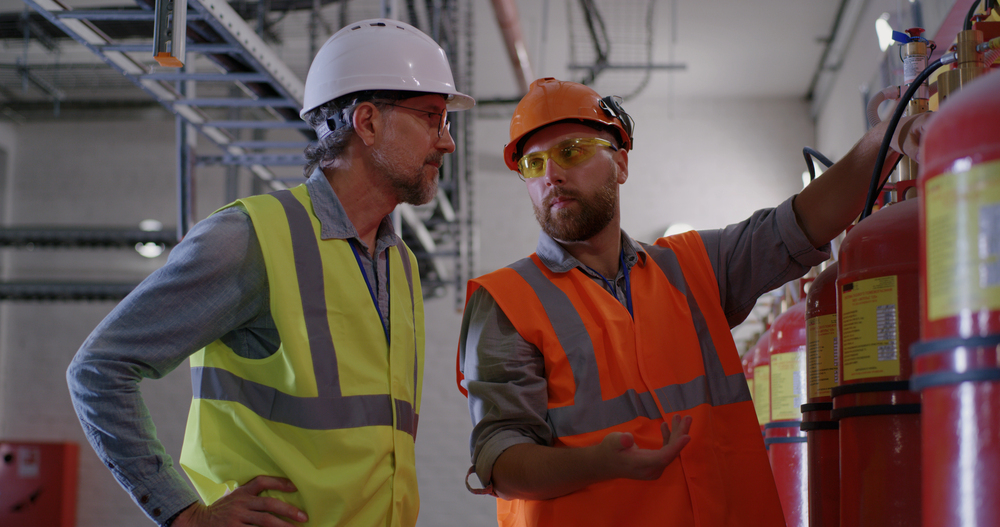Fire risk assessments form the backbone of workplace safety, ensuring hazards are identified and mitigated before disaster strikes. Yet, many companies remain uncertain about how frequently these evaluations should occur. The answer isn’t universal—assessment frequency hinges on factors like industry regulations, business size, and operational shifts. Consulting fire protection specialists can clarify specific requirements, but understanding general guidelines helps organizations stay ahead of potential dangers.
Legal Requirements and Baseline Recommendations
Most jurisdictions mandate regular fire risk assessments, though timelines vary. In the UK, for instance, the Regulatory Reform (Fire Safety) Order 2005 stipulates that reviews must be “regular,” leaving interpretation to duty holders. A common baseline is annual reassessments, but high-risk environments often demand more frequent checks. Even low-risk offices shouldn’t exceed two years between evaluations—complacency invites vulnerability.
High-Risk Industries Need Increased Vigilance
Businesses handling flammable materials or operating in complex environments can’t afford lax schedules. Manufacturing plants, chemical storage facilities, and construction sites should reassess risks every six months. Seasonal fluctuations, such as increased stock during holidays, may necessitate additional reviews. Hospitals and care homes also fall into this category due to mobility challenges among occupants. Proactive monitoring prevents minor oversights from escalating into catastrophes.
When Operational Changes Trigger Reassessment
Routine timelines become irrelevant when significant alterations occur. Renovations, expansions, or shifts in workflow demand immediate evaluation. Introducing new equipment or materials might introduce unforeseen hazards. Staff turnover matters too—fresh employees may lack awareness of existing protocols. Even subtle changes, like rearranged storage obstructing exits, warrant an updated assessment. Waiting for the next scheduled review risks overlooking critical threats.
The Role of Business Size and Layout
Larger enterprises with multiple floors or departments face compounded risks. A single assessment might not suffice if different areas pose unique dangers. Segmenting evaluations by zone ensures thorough coverage. Smaller businesses benefit from simpler layouts but shouldn’t underestimate risks—compact spaces can accelerate fire spread. Regular walkthroughs help spot evolving hazards regardless of square footage.
Seasonal Considerations and External Factors
Weather patterns influence fire risks in unexpected ways. Drought-prone regions see heightened danger during dry spells, while winter brings overloaded electrical systems from heating devices. Agricultural businesses must account for harvest cycles, where stored crops increase combustion risks. Aligning assessments with these cycles ensures timely adjustments rather than relying on rigid calendars.
Technology’s Impact on Assessment Frequency
Modern tools like IoT sensors and AI-driven analytics enable real-time hazard detection, reducing reliance on manual reviews. However, tech integration itself necessitates fresh evaluations—new systems alter risk profiles. Automated alerts complement but don’t replace human judgment. Balancing innovation with traditional checks creates a robust defense strategy.
Training and Awareness as Preventative Measures
Frequent drills and staff education indirectly affect assessment frequency. Well-trained teams identify risks early, prompting unscheduled reviews. Conversely, high turnover or repeated protocol violations signal the need for more formal evaluations. Cultivating a culture of vigilance transforms employees into active participants in hazard prevention.
Documenting Reviews for Accountability
Thorough records prove compliance and highlight patterns over time. Logging dates, findings, and corrective actions creates a clear audit trail. Documentation also reveals whether current intervals are effective—recurring issues suggest assessments aren’t happening often enough. Meticulous notes streamline future evaluations while demonstrating due diligence to inspectors.
Striking the Right Balance
No business benefits from excessive assessments that drain resources, nor infrequent reviews that gamble with safety. Dynamic approaches—factoring in industry standards, operational shifts, and environmental variables—yield the best outcomes. When in doubt, err on the side of caution. Protecting lives and assets justifies the effort, making fire risk assessments not just a legal obligation but a moral imperative.







